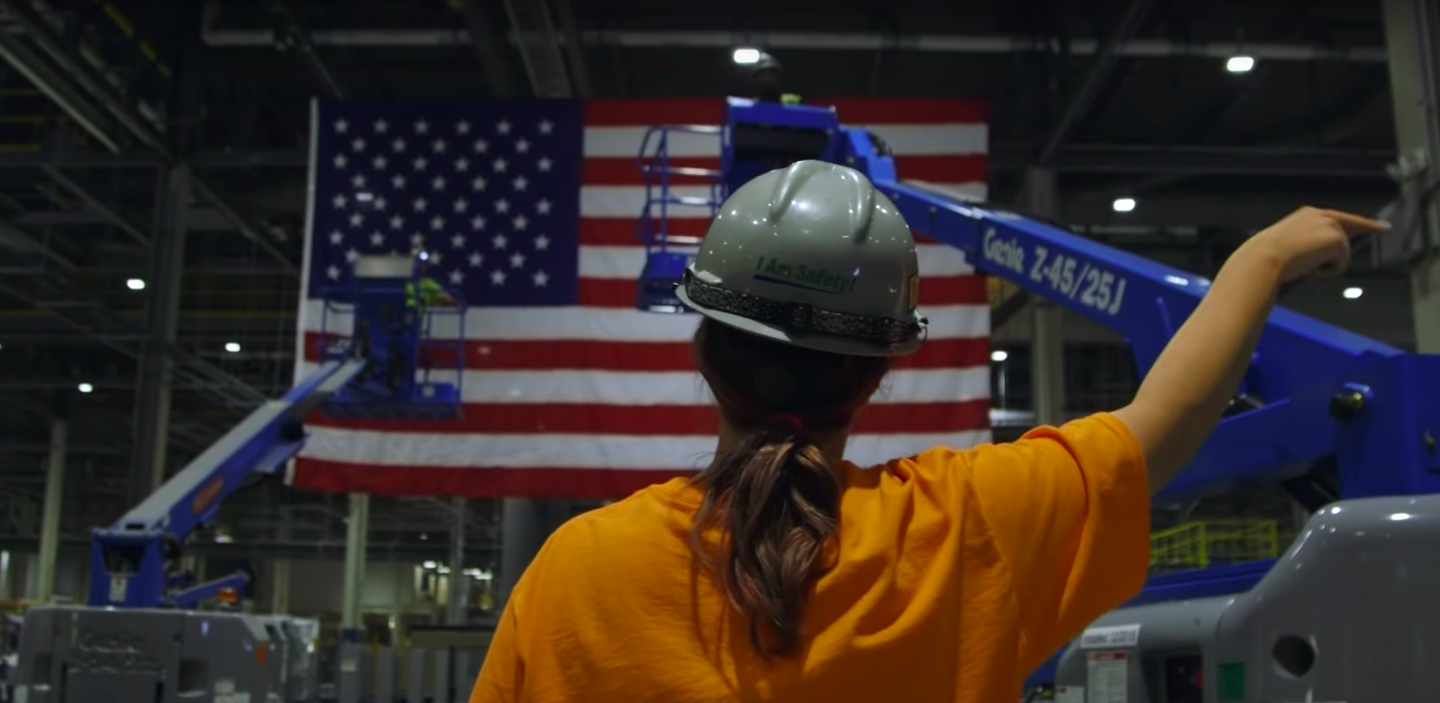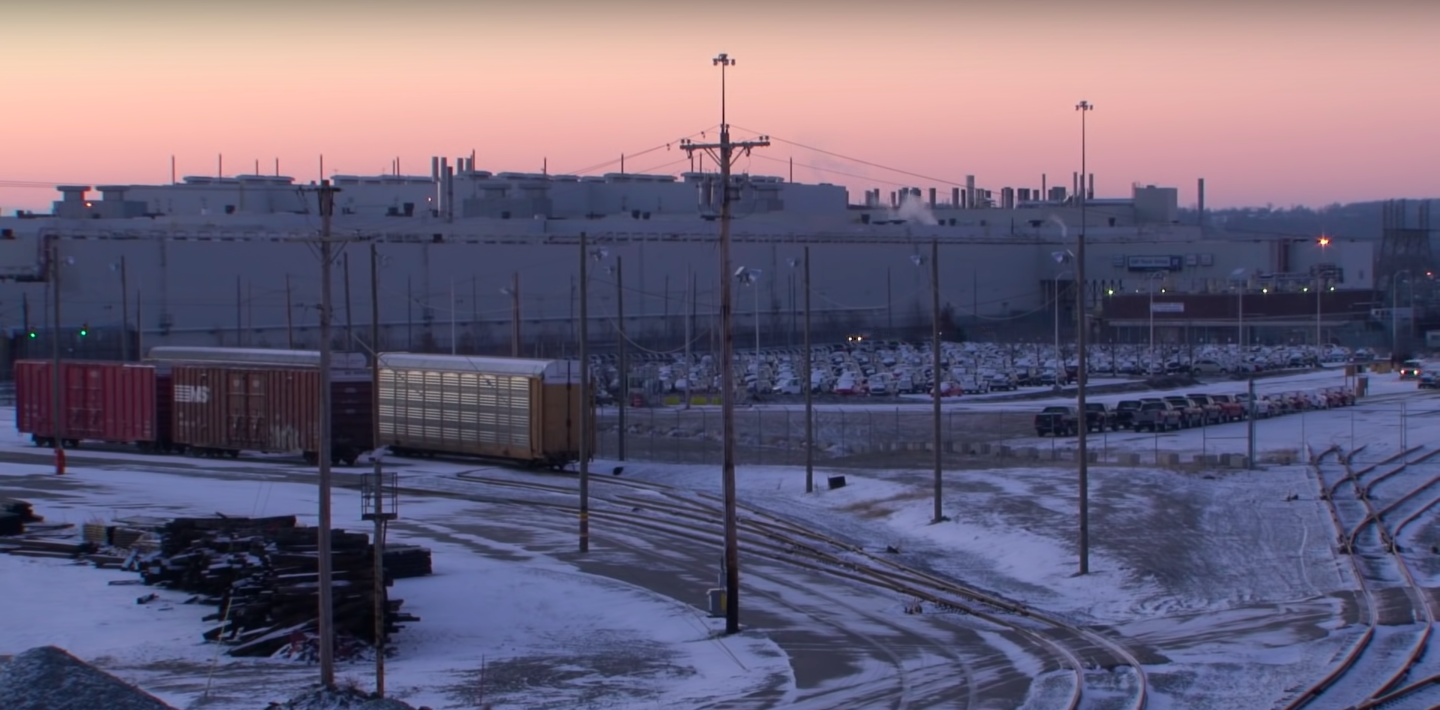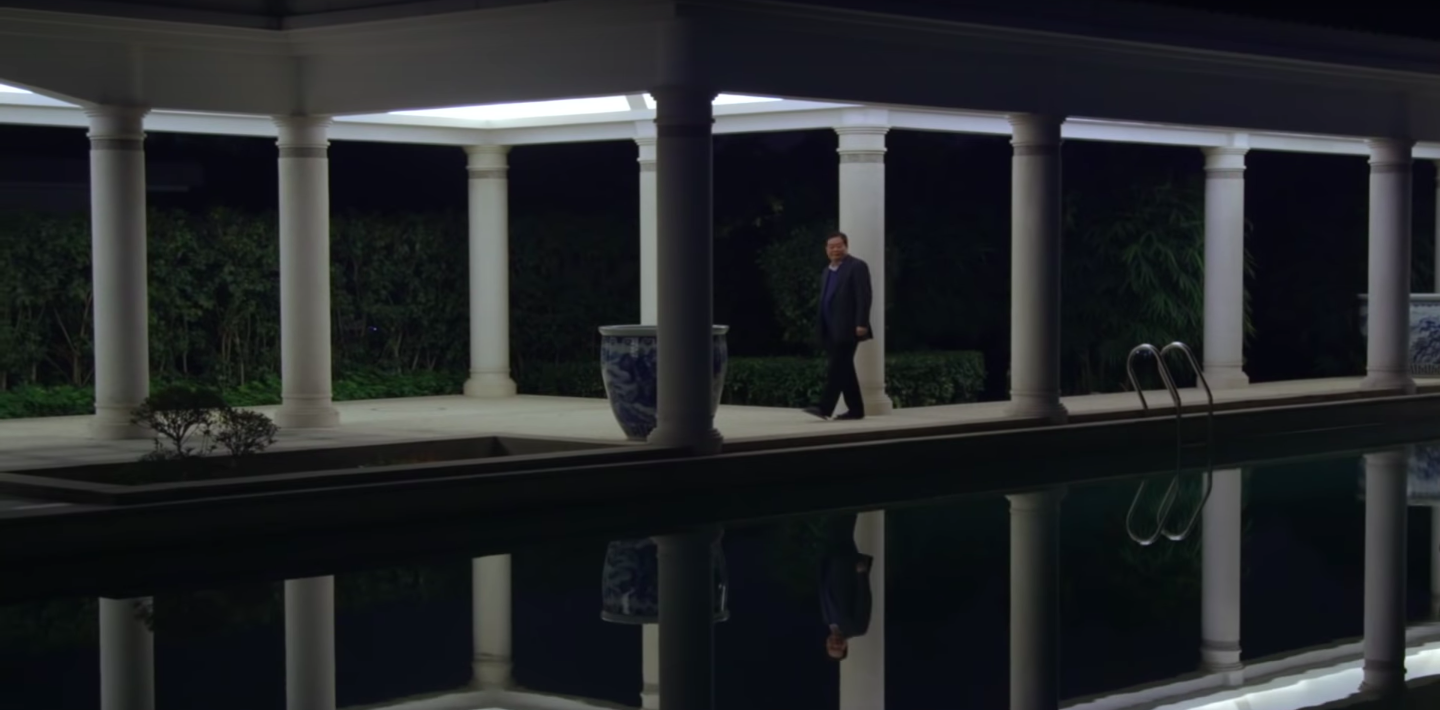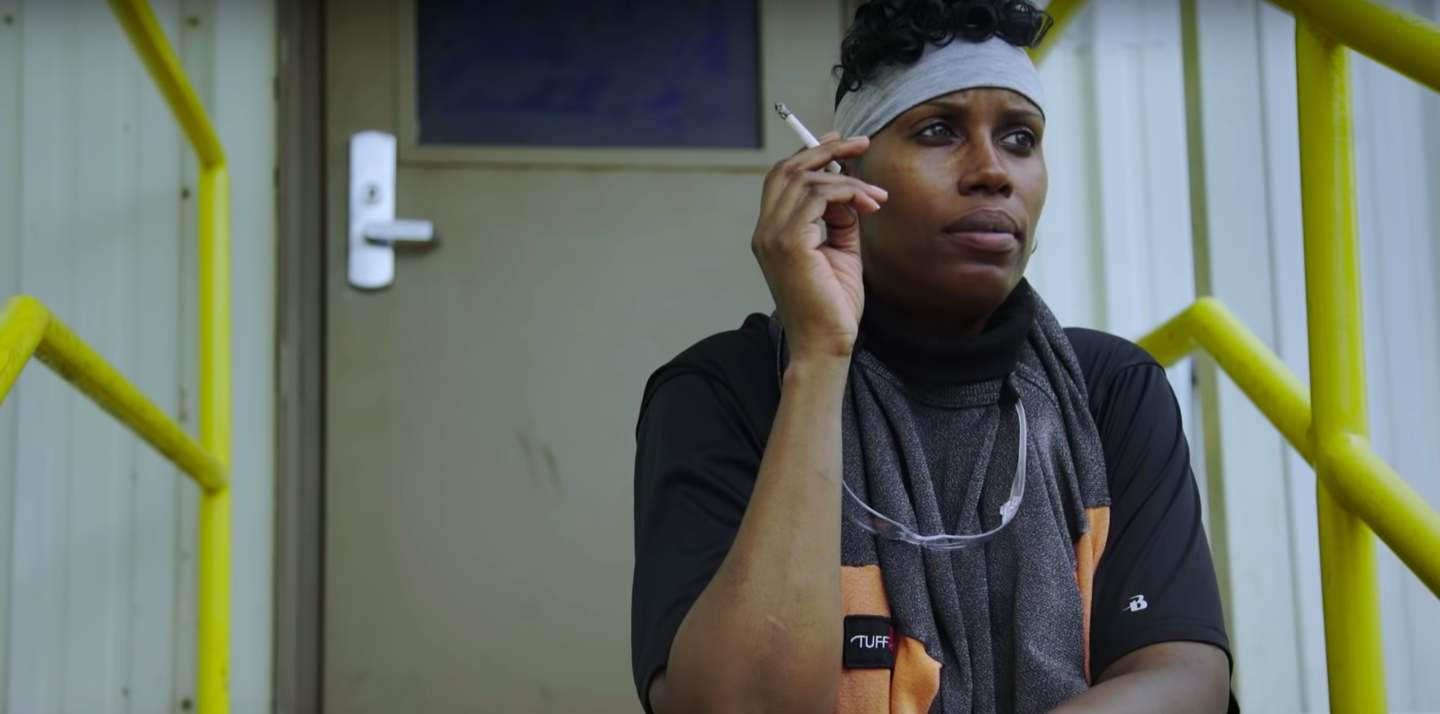Stuart Anderson-Davis reviews the first offering from Barack and Michelle Obama’s new production company – American Factory – a film that examines labour and global capitalism via post-industrial Ohio

Was there ever a less promising title than American Factory? Conjuring images of overweight employees in hairnets undertaking depressingly repetitive tasks, perhaps only Liam Neeson’s The Commuter comes close on expectation management. In fact, I’m pretty sure Neeson (despite his “reputational challenges”) still presents a more appealing prospect to the Netflix viewer than a 2-hour documentary about a glass manufacturing company.
But there’s something special about American Factory – a reason Netflix has been busy promoting the documentary and programming its clever algorithm to serve it up front and centre to subscribers. The film is the first offering from Higher Ground Productions – a company created by Barack and Michelle Obama (alongside Netflix, of course) to “cultivate and curate the talented, inspiring, creative voices who are able to promote greater empathy and understanding between peoples, and help them share their stories.”
That’s the idealistic motive behind this beautifully shot, fly-on-the-wall documentary charting what happened when a Chinese corporation (Fuyao Glass Industry Group Co. Ltd) flipped the globalisation stereotype by building its very own factory in the heartland of industrial America.
Fuyao (which, as one disgruntled former employee tells us, “you can’t spell without F U”) heads to Dayton, Ohio – a city still reeling from the Global Financial Crisis and the longer-term collapse in American manufacturing. Symbolically, the factory site selected by Fuyao is an empty plant formerly run by General Motors – that chastened American titan which had until 2008 employed 10,000 Dayton residents.

What ensues is an engaging tale of two countries and cultures colliding in the boardroom and on the factory floor. From differing attitudes towards safety and organised labour to the purpose of work itself, the film reveals the stresses and strains of forging a united business that is both true to its Chinese roots and tolerable to its blue-collar American workforce.
Predictably it’s not plain sailing and there’s plenty of opportunity for arguments, misunderstandings and awkwardness. Indeed, at times the film and its excellent soundtrack veers into The Apprentice territory as we see Chinese employees attend classes on “American attitudes” and witness Ohio’s finest impressing their Asian overlords with a spirited rendition of the ‘YMCA’.
But when it comes to entertainment, the star of American Factory is Chairman Cao (yes, that’s his actual name) – the eccentric, all-powerful founder and leader of Fuyao. Cao’s motivation for this American experiment is sparking a fundamental reassessment of China and its place in the global pecking order. No longer a country the West relies on for low-paid workers to produce cheap tat, this new China is a proud nation boasting high-quality, globally competitive and technologically advanced companies that can establish themselves in Uncle Sam’s Backyard.

From our first encounter with “the Chairman” on his private jet to his reflective musings at the film’s conclusion (walking around his luxury swimming pool, naturally) it’s Cao and his unpredictable and unrelenting micromanagement that makes this story so memorable. What will he think of the positioning of the fire alarms in his new factory? (Spoiler: not happy). Will his translator use creative license to water-down his more sinister remarks? Will he really pull the plug on the whole project if the American workers unionise?
It’s this final question that delivers the film’s jeopardy, with battle commenced between the hometown employees seeking greater protection and pay, versus the Chinese bosses playing every (dirty) trick in the book to stop the workforce from unionising. The great irony of a company from Communist China clamping down on worker solidarity in free market America is strangely ignored by the filmmakers, but it certainly raises concerns about what capitalism with “Chinese characteristics” would mean if transplanted more widely into the USA.

Connected to this unknown is another question posed by this film: do the Chinese employees – with their apparently relentless drive, sacrifice and lack of self-determination – simply make better workers than American? The Chinese portrayal of their peers as “fat fingered”, weak, whingeing and undedicated to the cause is likely to jar with the US audience. Indeed, since its inception the “American Dream” has proclaimed hard work and dedication as the key to success. Yet in this factory there seems no possible way for the Americans to match the superhuman Chinese – many of whom work 7 days a week, live away from their families for years on end and have seemingly no regard for the hazards faced.
It’s not all gloomy Victorian misery. There are touching moments of friendship and cooperation as Chinese and American try to make the factory a success (or at least stop the glass exploding quite so often) – from the amiable veteran who takes his new Chinese colleagues to the shooting range, to the young Chinese supervisor who embraces American hip hop culture (but not yet its commitment to dentistry).

Sadly, this is real life and there’s no fairy-tale ending. The amiable veteran is fired for being too slow on his computer. Trump’s trade war with China and other established macro-economic trends makes the long-term future of the factory unclear, while the film ends on a doom-laded prediction for this workforce’s prospects in an increasingly automated world. Nothing is sugar-coated and nobody watching will be applying for a job at Fuyao.
But what this film does do is encourage its audience (which will be substantial, thanks to the Obama/Netflix partnership) to think about the role of manufacturing in the 21st century – especially in an established, developed country like the US. Should factories like this one be desirable and supported, or do we need to be realistic and seek opportunities elsewhere for American workers? Next year, the American people decide whether or not to re-elect a President who promised to “bring back manufacturing jobs to the USA”. It’s therefore very timely to release a film that sheds light on the complexities of this industry and sparks those important debates. It’s almost like the Obamas planned it that way.




